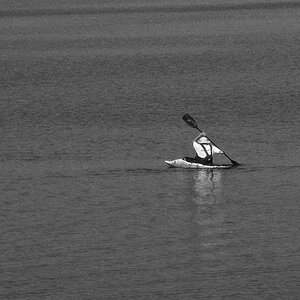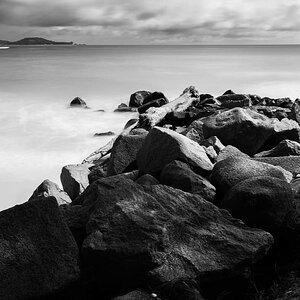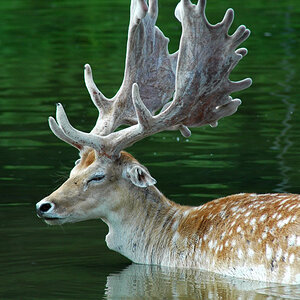tinyIsland
TPF Noob!
Dear all - I have a question for which unfortunately I could not find much direction after research and experimenting. It is about long exposures at night and light metering. I am trying to learn how to determine the exposure length without over exposing your image. Say, I want to take a night sky photo (star trails) which includes a partially illuminated building, how do I determine the correct exposure time (for star trails to appear) while keeping the building without over exposing it. I guess if I meter light reflected from the building, I would not make it to have star trails, yet if I meter on the sky (black), I would get an over-exposed building.
The same applies for photos were trails of car lights are seen with buildings perfectly exposed.
Where do you meter or what technique am I missing?
Thanks - Matt
p.s. Using a Nikon D5000
The same applies for photos were trails of car lights are seen with buildings perfectly exposed.
Where do you meter or what technique am I missing?
Thanks - Matt
p.s. Using a Nikon D5000


![[No title]](/data/xfmg/thumbnail/37/37126-93feffeca0e9e6ad893962c03a7a341e.jpg?1619737884)
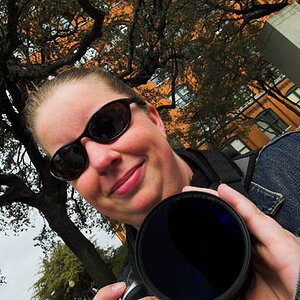
![[No title]](/data/xfmg/thumbnail/32/32631-60d0db057ee085953a0921e337396654.jpg?1619735552)
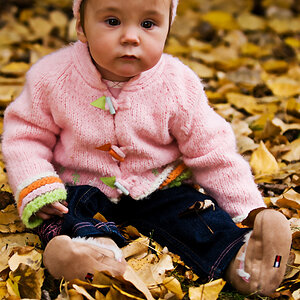
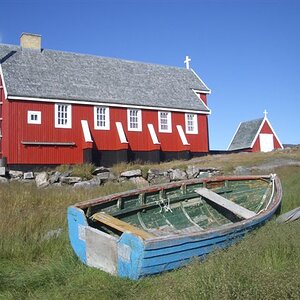
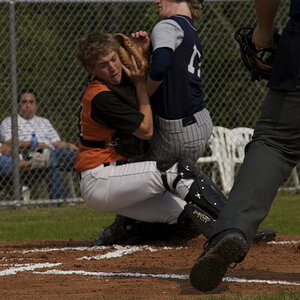
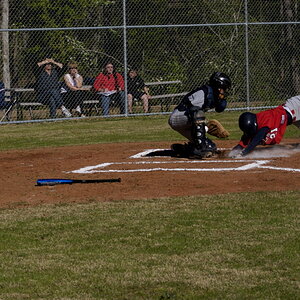
![[No title]](/data/xfmg/thumbnail/37/37124-e3a7364a555409b3504415a982f9dfe0.jpg?1619737883)
![[No title]](/data/xfmg/thumbnail/38/38724-0b9c26c57726c91c6c504310e4428e55.jpg?1619738702)
